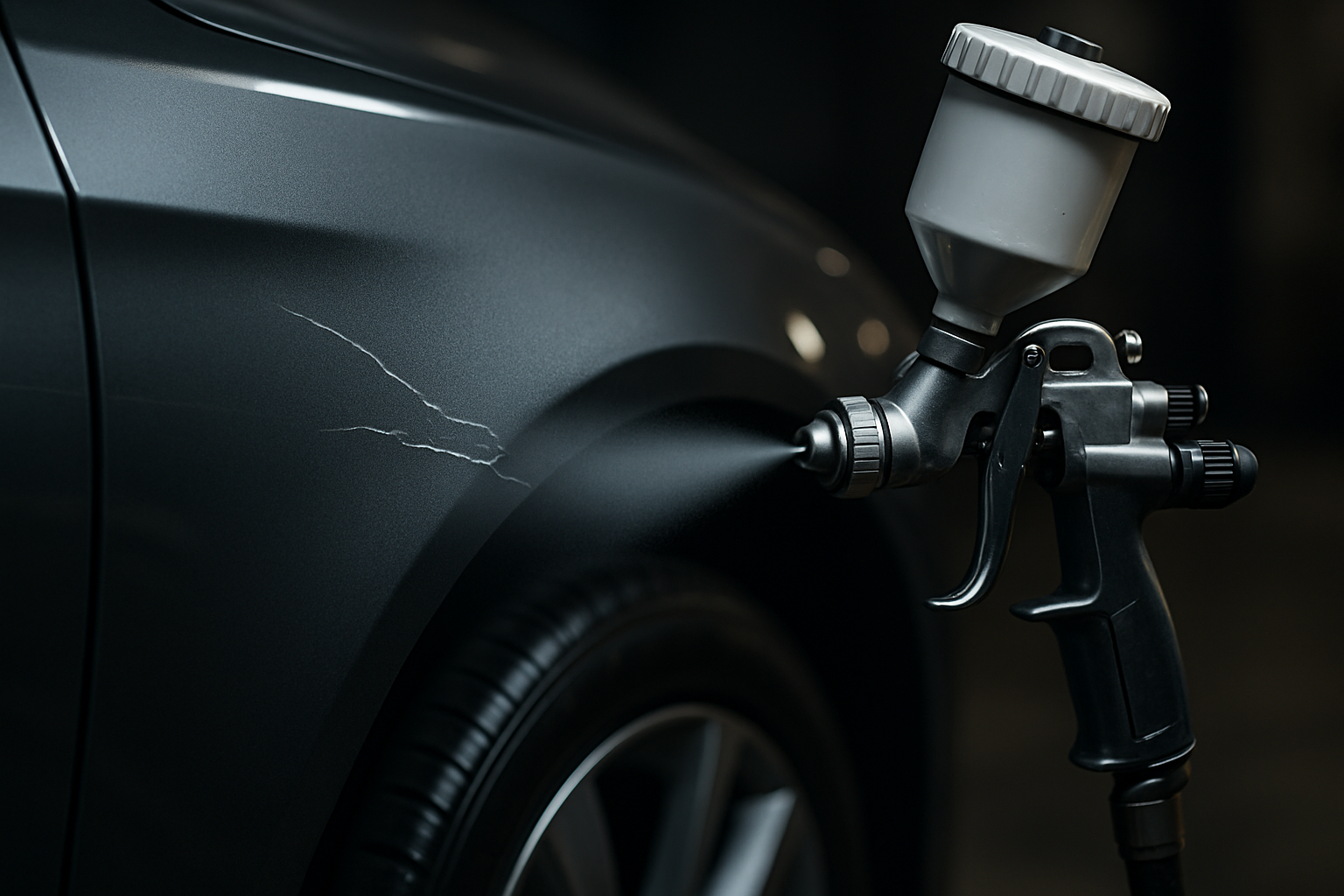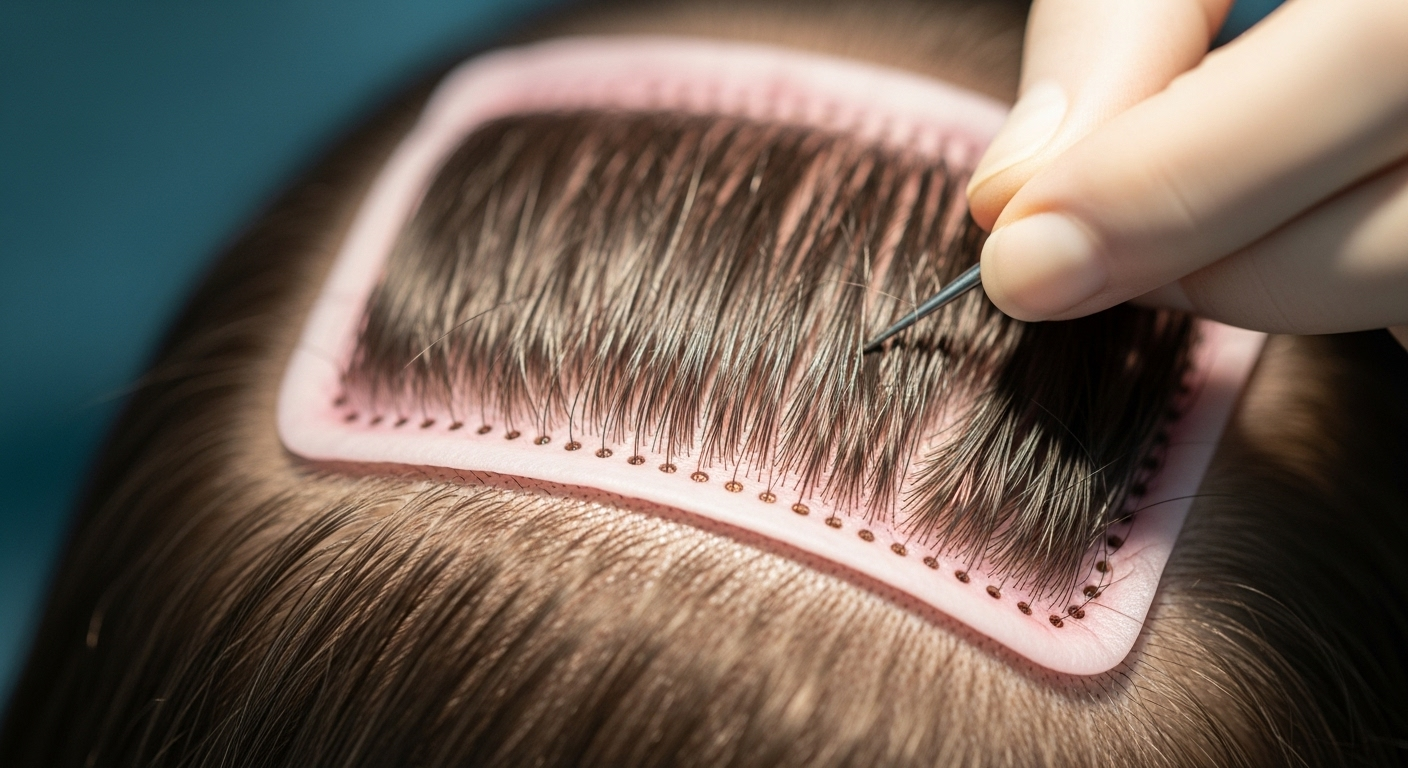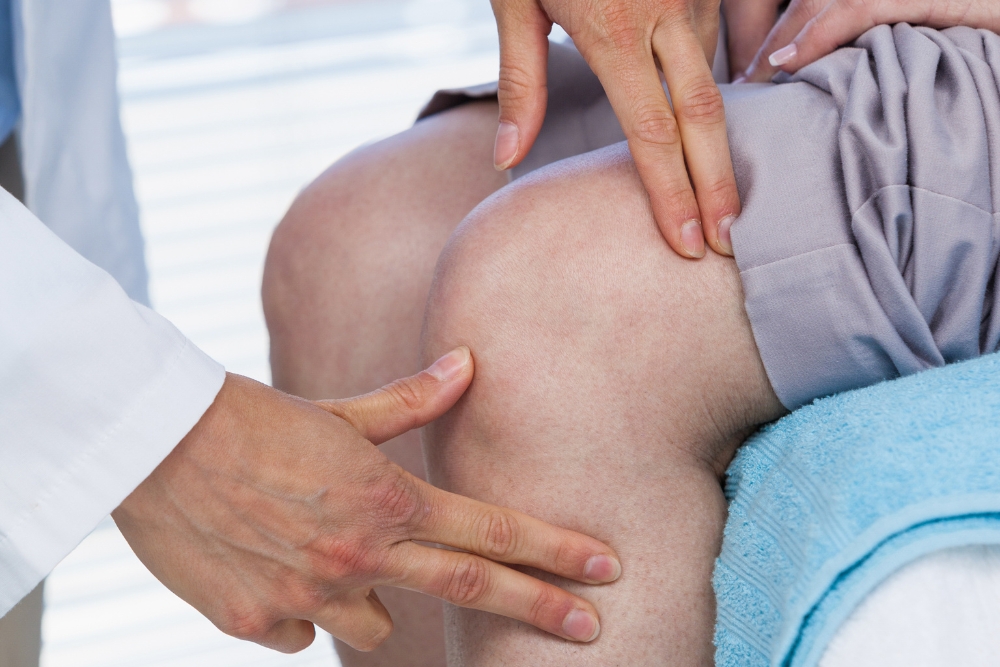Complete Guide to Car Painting: Vehicle Paint and Automotive Finish
A fresh paint job can transform a car’s appearance, protect its metalwork, and restore value, but understanding what goes into a successful car painting project helps you get the result you expect. This guide explains the core steps, materials, and decisions involved in vehicle painting—what professionals do, how different paint types behave, and how to choose local services that match your goals. Whether you’re refreshing a daily driver or refinishing a classic, the basics are the same: surface preparation, correct paint selection, and controlled application determine durability and finish quality.

What does car painting involve?
Car painting begins long before the spray gun is fired. Technicians assess the vehicle for dents, rust, or old paint layers that must be removed or repaired. Surface preparation—sanding, filling, priming, and masking—creates a uniform base so the paint adheres evenly. In a professional shop, this step is followed by a controlled environment spray booth where technicians apply primer, basecoat (color), and clearcoat for protection and gloss. Proper drying and curing between coats and a final inspection or polishing complete the process. Skipping preparation often leads to peeling, orange peel texture, or premature failure.
How does painting affect vehicle value?
A high-quality paint job can protect automotive metal from corrosion and improve a vehicle’s resale appeal. Factory-matched or OEM-quality paint helps maintain value because it preserves the original appearance and finish. Conversely, poor paint jobs—mismatched colors, uneven coverage, or visible repair lines—can signal accident damage or shoddy repair and reduce buyer confidence. For collectors, correct color codes and original finishes have greater importance; for everyday vehicles, durability and uniform appearance are usually the top priorities when assessing value.
What types of paint are used on cars?
Modern automotive paint systems usually consist of three layers: primer, basecoat, and clearcoat. Basecoat options include solvent-based and waterborne formulations; many shops now favor waterborne paints for lower VOC emissions and greater environmental compliance. Clearcoats are typically polyurethane-based, offering UV protection and chemical resistance. Specialty coatings—metallic, pearlescent, or matte finishes—require expert application and often bespoke clearcoat strategies. Each type demands specific mixing, thinning, and curing methods to achieve optimal adhesion and appearance.
How do automotive paint jobs differ in quality?
Quality differences come from materials, technique, and environment. Top-tier jobs use high-quality primers and paints, computerized color matching, multi-stage layering, and paint booths with temperature and humidity control. Mid-range shops balance cost and quality with good materials but may have longer turnaround times. Budget or DIY jobs often sacrifice prep time or use lower-grade materials, resulting in less durability. Clear communication about expected finish, warranty, and repair tolerance helps set realistic expectations for any automotive paint job.
How to find local car painting services?
When looking for local services, research reputation, reviews, and portfolios of completed vehicle paint work. Ask about the shop’s paint brands, environmental controls (spray booths, ventilation), and warranty terms. Request examples of similar jobs—color-matching metallics or restoring classics—to ensure they have relevant experience. Verify whether the shop performs body repairs and corrosion treatment in-house or subcontracts them, since integrated services often yield more consistent results. Finally, confirm timelines and any post-paint detailing included in the quoted service.
A well-executed paint job balances aesthetics, protection, and longevity. Investing in proper surface preparation, choosing appropriate paint chemistry, and working with a shop that maintains controlled conditions will produce the most reliable results. For specialty finishes or valuable vehicles, seek technicians with specific experience in automotive refinishing and color matching.
In summary, car painting is part craft and part chemistry: the best outcomes rely on careful prep, correct paint selection, and skilled application in a controlled environment. Understanding these elements helps you evaluate quotes, compare local services, and set realistic expectations for the finish and lifespan of your vehicle’s new paint.






